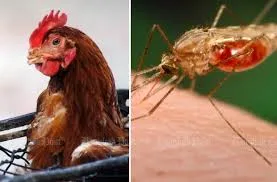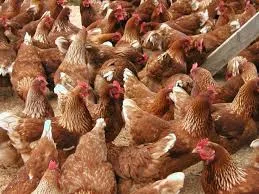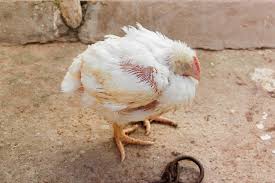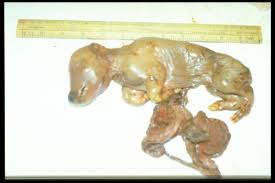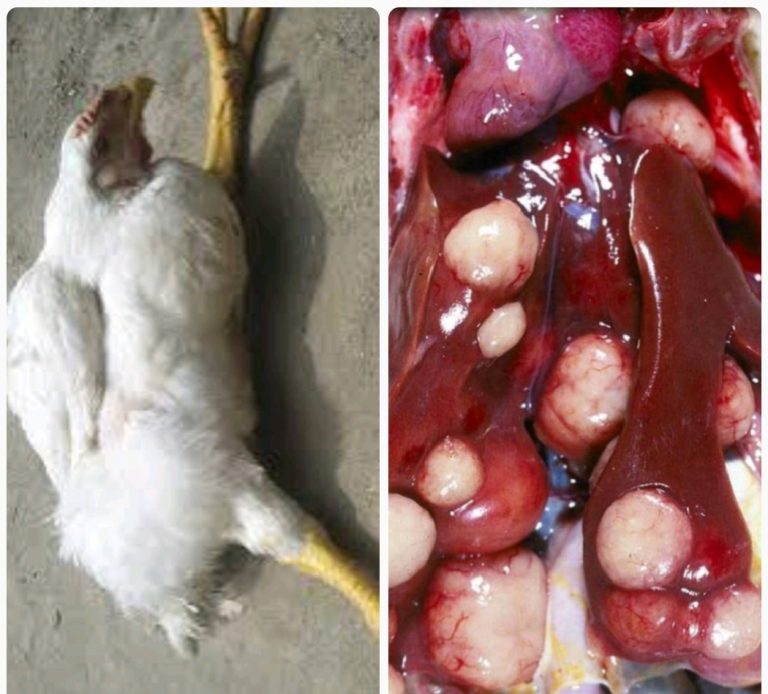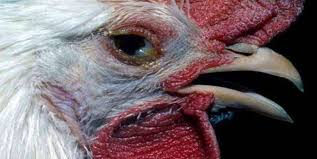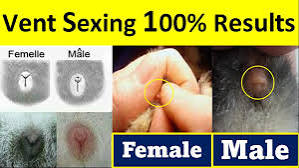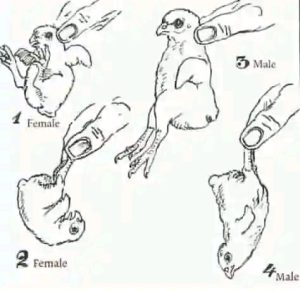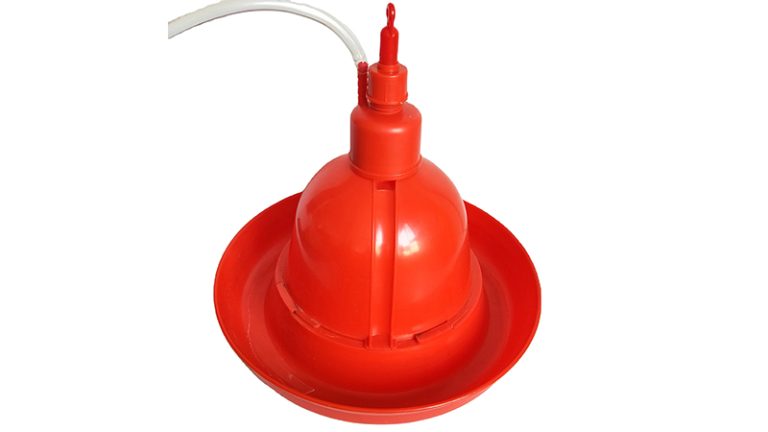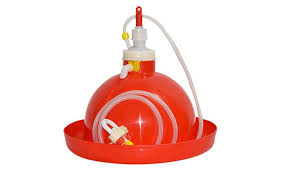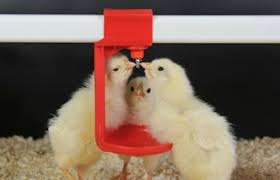Leptospirosis can be a serious reproductive disease of pigs that can also cause major (non-reproductive) illness in humans.
It causes abortion, stillborn and weak piglets, and deaths soon after birth.
Vaccination is strongly recommended.
Treated, recovered animals are a source of infection.
Click HERE to join our WhatsApp group
A strict program based on vaccination and medication will eradicate the disease.
Cause
The disease is caused by Leptospira bacteria.
Serovar Pomona causes abortions, foetal deaths, premature farrowings, stillbirths and the birth of feeble piglets, which grow poorly or do not survive. Serovar Bratislava is linked to stillbirths. It’s not certain if reproductive problems are caused by another common serovar, Hurstbridge. Serovar tarrosovi is rare in Australian pigs compared to the other 3, but as with Pomona and Hurstbridge, it presents a risk to human health.
Life cycle
Non-immune pigs become infected when bacteria enter their bodies through the mouth, nose, or eyes or through breaks in the skin.
The bacteria multiply in the kidney and are then shed in the urine at rates of up to 1 billion per litre.
Peak infection occurs in pigs 12-16 weeks old.
Affected animals
pigs
Clinical signs
- Infected pigs are seldom visibly ill, and the only clear signs may be:
- loss of appetite
- listlessness
- mild diarrhoea (scour) lasting a couple of days.
Diagnosis
- Leptospirosis can only be positively diagnosed at a laboratory by identifying the bacteria in urine, aborted foetuses, newborn piglets, or in the kidneys.
- High antibody levels in the blood indicate infection.
- Moderately high antibody levels may be detected for a few weeks after vaccination.
- Chronic leptospirosis is the major cause of kidney inflammation, which produces small, pale lesions on the kidneys. These lesions can be seen at slaughter.
Note: The presence or absence of these spots is not diagnostic, as they could have other causes and some types of leptospires do not cause kidney spots.
- Infected pregnant sows to abort or produce stillborn or weak pigs that often die soon after birth.
Abortions:
generally occur in the last 3 weeks of pregnancy
may be as early as day 16 of pregnancy in susceptible pigs that have received a massive dose of bacteria.
It’s impossible to precisely predict financial losses because disease outbreaks vary considerably.
In an outbreak of a 50-sow herd, it’s realistic to expect:
10 sows to abort
5 sows to wean only 5 piglets
a total loss of about 110 piglets.
Humans
Unvaccinated carrier pigs present a serious health risk to:
- piggery and abattoir staff
- transport drivers.
Human infection may cause:
- prolonged and severe symptoms similar to those of flu
- ongoing fatigue and joint soreness
- severe complications such as kidney failure.
People working with pigs should avoid pig urine and afterbirth making contact with their eyes, nose and mouth, or any open wound.
Use personal protection equipment (PPE):
- when handling afterbirth, aborted foetuses and membranes
- with assisted matings and artificial inseminations.
How it is spread
- Usually introduced into non-infected piggeries in the urine of carrier pigs
- Sometimes introduced by rodents
- Cattle or horses can infect pigs housed outside if their paddocks drain into those where the pigs are kept
- Outbreaks are more serious in herds with poorly drained paddocks
- where sows lie in pools of urine
- where sows are group housed with open drains (drying kills the bacteria).
Control
- Management
To manage the disease you should:
- vaccinate and medicate new stock
- control rats and mice
- reduce pig access to cattle or horse paddocks, or areas where paddocks may drain
- avoid contact between pigs and dogs or cats
- avoid open drains and communal drinking troughs to limit the spread between pens
- limit mixing pigs
- maintain pens to prevent bacteria entry to wounds
- stop urine from pooling on pitted floors.
2. Vaccination
Vaccination is strongly advised, even in herds with no sign of the disease, as the disease can be introduced at any time.
Vaccination alone will not eliminate the organism and must be ongoing.
The vaccine is ‘killed’ so there’s no danger of farmers contracting the disease from the vaccine.
When to vaccinate
Under normal circumstances, vaccinate the breeding herd twice a year. In some circumstances weaners also need to be vaccinated
Give every animal an initial dose with a follow-up injection 4-6 weeks later
Follow-up with booster doses every 6 months to maintain immunity
Ensure that gilts receive 2 injections 4-6 weeks apart when they enter the breeding herd
Manufacturers suggest that sows should be vaccinated before farrowing. However, don’t inject sows due to farrow within a few days, and those suckling very young litters
If the disease is widespread in the growing herd, give 2 vaccinations between 8-12 weeks, followed by in-feed tetracyclines.
Vaccination dose and method
Follow the manufacturer’s recommended vaccination procedures.
Dose for breeding pigs is generally 2ml, given under the skin (subcutaneously).
Inject pigs in the neck region, close to the base of the ear. Breeding stock can be injected at any clean and convenient site. Swellings often occur at the site of injection. These will subside over a few months.
Benefits of vaccinating whole herds
Vaccinating whole herds twice a year gives satisfactory protection and has the following advantages:
easier to ensure that all breeding pigs are injected
less vaccine is wasted (at the end of a vaccination session partially used bottles should be discarded)
less time is spent vaccinating each animal when automatic or semi-automatic syringes and flexible needle extension tubes are used
breeders can be vaccinated against erysipelas, parvovirus and E. coli at the same time, with the same injection
The Code of Practice for the Welfare of Animals – Pigs third edition CSIRO 2008 states that vaccinations or other health treatments must be administered to pigs only by persons competent in the procedure or by a person under the supervision of a competent person. Contact your veterinarian for advice.
Treatment
A single dose of streptomycin at 25mg/kg of body weight kills leptospires in most pigs. It is recommended, together with vaccination, for incoming breeders, even if they seem healthy.
READ ALSO: Salt Poisoning In Pig (must read for every pig farmers)
A more practical and effective alternative for wider treatment is in-feed medication with tetracyclines (800g/tonne) for 10-14 days.

